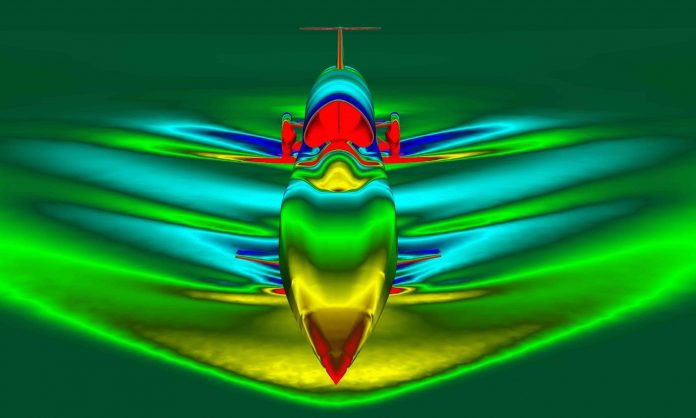Bahrain is bracing itself for another Grand Prix and speed is in the air. Fortunately the new traffic laws are forcing motorists to drive more slowly on public roads, so speeding will hopefully only take place on proper race tracks.
Speed is also in the air internationally as, during 2015, the first attempt will be made in 18 years to break the world land speed record. The current record was set by Wing Commander Andy Green, a Royal Air Force jet pilot, driving the 100 000 hp jet car Thrust SSC in the Black Rock Desert in Dakota, USA, on 15th October 1997. The record stands at an extraordinary 763.035 mph (1 227.985 kph), the first supersonic record, faster than the speed of sound (667 mph, 1 236 kph).
Andy Green will also be the pilot for the next record attempt. This time his supersonic car packs 135 000 hp, the equivalent of 180 Grand Prix cars, and is called Bloodhound SSC. He and his team will attempt to exceed 800 mph (1 287 kph) in 2015 and 1000 mph (1 609 kph) in 2016.
The rules for world land speed record attempts are very simple – the vehicle must have four or more wheels, it must be controlled by a driver, and it must do a forward and return journey within one hour.
Designing and piloting a car that breaks the land speed record is, however, not so simple as it pushes the boundaries of our engineering prowess to the limit. The first land speed record was established in 1898 by a Frenchman, Gaston Chasseloup-Laubat, driving an electric-powered car. His speed was a paltry 39.24 ph (63.15 kph), which your grandmother could probably achieve on a bicycle today!
The record was then broken on a regular basis, first by steam-powered cars (from 1906), then by cars with internal combustion engines, and finally, from the 1940s onwards, by jet-powered cars.
The Bloodhound SSC car is 13.4 m long and has two jet engines to provide thrust. The main thrust motor is a Eurojet EJ200 military jet engine that is used in Eurojet Typhoon jets, and the fuel pump is powered by a V8 Cosworth engine. Bloodhound SSC is designed to reach 1000 mph in 42 seconds and will travel faster than a bullet fired from a 0.357 Magnum revolver – about 4½ soccer fields a second!
The jet engines, aerodynamic body, fuel system and other components of this supersonic car have all been designed but the biggest challenge has been the wheels. The engineers have literally had to re-invent the wheel as none of the wheels available today are able to withstand the tremendous G-forces that will be generated by the Bloodhound SSC at full speed.
The wheels, which have a diameter of 90 cm, will rotate at 174 revolutions a second (rps) or 10, 440 revolutions a minute. No metal wheel with a rubber tyre could withstand such forces so they have had to design a solid, forged, high-grade aluminum wheel. In June 2014 the wheel was successfully tested at 174 rps at the Rolls Royce factory in Derby, England.
The world record attempt will take place on Hakskeen Pan in South Africa. To follow the further development of the Bloodhound SSC, and the world record attempt, go to www.bloodhoundssc.com or join the Bloodhound 1K Club through the same website address.
Professor Mike Bruton
MTE Studios Director,
Bahrain Science Centre.

